How to Write a Children’s Book in 9 Easy Steps
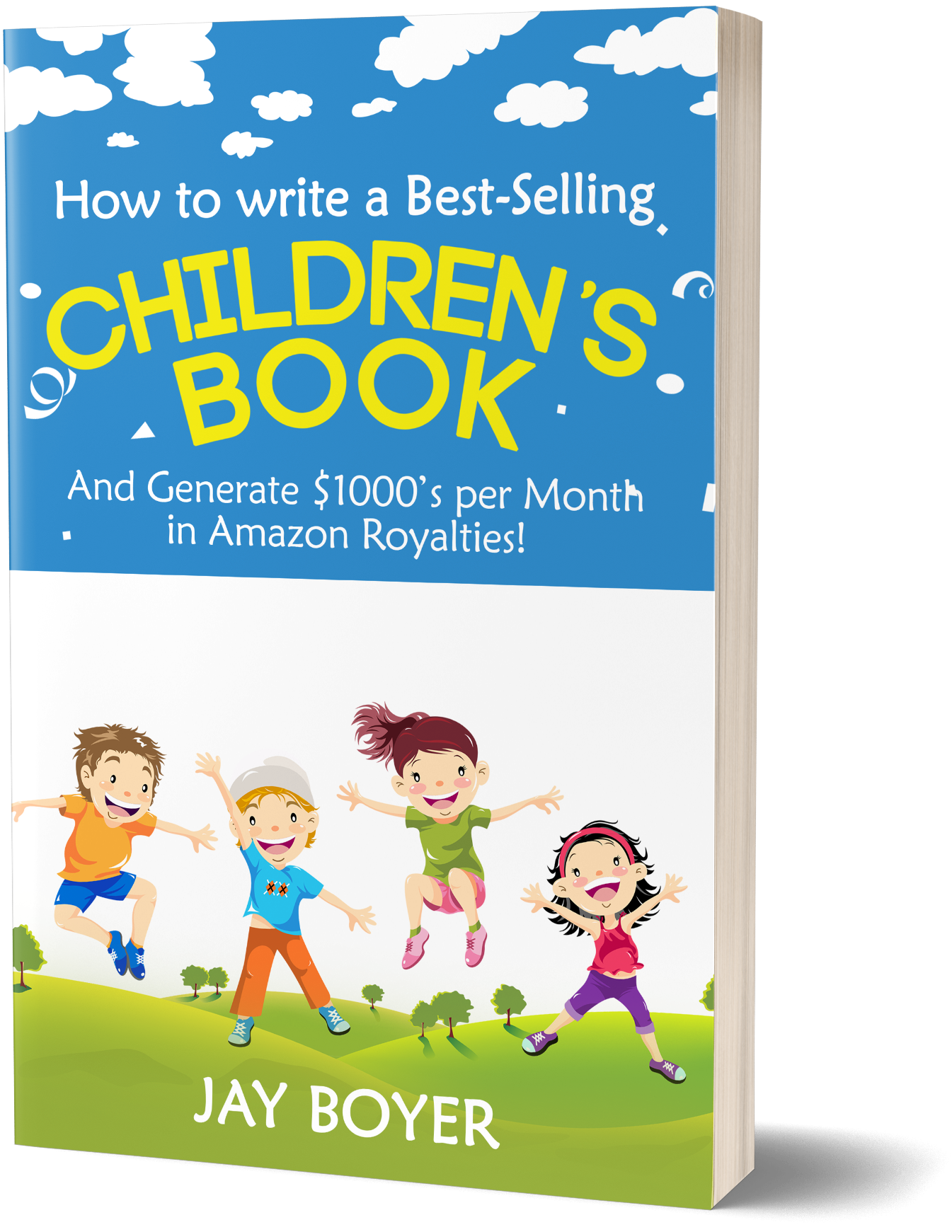 If you’re reading this, you are one of the thousands of people who like the idea of writing for a living. It’s a great life. You do what you love. You work when and where you want to. You get to say “I’m a writer” when people ask what you do for a living.
If you’re reading this, you are one of the thousands of people who like the idea of writing for a living. It’s a great life. You do what you love. You work when and where you want to. You get to say “I’m a writer” when people ask what you do for a living.
It does have one major disadvantage: thousands upon thousands of other people want to do this, too. The competition is steep. Success is hard. Most would-be authors spend years trying to make it, and never earn more than a few hundred dollars from their efforts.
But what if I told you there was a short-cut? A genre or niche of books and a model for success that is faster, easier, and more reliable for making a full-time living than the old system of getting an agent and working with a major publisher.
Great news!
I’m here to tell you exactly that. There is such a model. I’ve used it to make millions of dollars, from my home, with all the time I need to spend with my family. That model is writing and self-publishing children’s books on Kindle.
It has helped me have and live the life I want, and I’m here today to talk about how you can do it, too.
But first, why is writing children’s books a shortcut to publishing success? It’s because self-published children’s books are…
- …part of a huge and growing, evergreen market.
- …shorter and more image-based, which means they require less writing.
- …faster to create, so you can publish more books in less time.
- …formulaic, which helps you quickly scale your publishing business.
- …cheap to outsource for work you’re not sure how to do.
- …easily scaled up into series, and multiple series.
- …consumed (and purchased) more quickly than books for adults.
- …really fun to create and write.
- …an opportunity to make a difference in the lives of children and families all over the world.
Now, I told you that writing children’s books is an easier and more reliable road to success than the traditional publishing journey, but that’s not to say it’s easy or reliable. It still takes work, and planning, and discipline. There’s a lot to it. Success is not guaranteed!
But fear not! In this article I will walk you through the process I’ve developed over years of testing, learning, studying, experimenting, and figuring out what works and what doesn’t. I will tell you how I became an Amazon bestselling author making a good living from just my books, so you can see how to do it yourself.
I don’t promise you’ll make seven figures a year, especially not right away from your first book. But if you follow these steps, you have a very good chance of making your own writing and publishing dreams come true.
Writing Children’s Books Step By Step
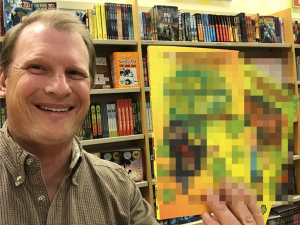 My name is Jay Boyer! If this is the first time that we’ve connected, please allow me to introduce myself:
My name is Jay Boyer! If this is the first time that we’ve connected, please allow me to introduce myself:
I’ve been publishing children’s books to the Amazon Kindle platform since 2012, and I’ve been fortunate to enjoy some success with it: I’m a Top 500 Amazon Author, I’ve charted over a dozen #1 Bestselling Children’s Books (mostly in the “Reluctant Reader” niche where I publish under a pen name), and have sold million of dollars’ worth of kids’ books via Kindle and KDP Print/CreateSpace. I’ve even been able to get several of my children’s books into “big box” retailers like Target, Walmart, and Barnes and Noble, where I’ve found them sitting right next to Jeff Kinney’s “Diary of a Wimpy Kid”.
I’m also the founder of the Apex Authors and Children’s Book Formula coaching programs, where I’ve shown thousands of people from all over the world — most of whom had NEVER even heard of this fun and lucrative business model before — how to generate multiple streams of passive income by publishing their OWN children’s books to the Amazon marketplace.
In this post I’ve compiled some of the most valuable information that I’ve learned in my 8 years on the topic of how to write a children’s book. I’m sure that some of these ideas may already be familiar to you, while others will be brand new. However, I promise that if you start implementing even just a few of these methods into your own children’s book publishing, you’ll be able to explode your kids book sales and earnings, score a #1 bestseller of your own, get your message out to a larger readership, and even “quit your day job” and become a full-time author like I have (if that’s what you want to do).
What follows is the result of all that work, effort, success, and setback. The process of writing and publishing a successful children’s book happens in nine steps I call the Children’s Book Formula. Those steps are:
- Step 1 – Research: finding a niche, trend, character, or topic that sells well, and understanding why
- Step 2 – Brainstorm: imagining your own book that leverages the trends already driving other books’ success
- Step 3 – Write: planning your characters, setting, and story, then putting the words on paper that make your book a reality
- Step 4 – Illustrate: outsourcing images for your book from affordable professionals
- Step 5 – Publish: setting up your book on Kindle for distribution all over the world
- Step 6 – Launch: getting your book available for sale and priming the algorithms for sales
- Step 7 – Promote: letting people know about your book in the most effective ways possible
- Step 8 – Scale: repeating your success by writing, illustrating, publishing, and promoting additional books
- Step 9 – Rinse & Repeat: building a back catalog so each new release can push sales for all of your other books
For the rest of this article, I’m going to describe each step in detail. You can also download my 52-page special report and watch the video version of The Children’s Book Formula process by clicking here.
Step One: Research
 Traditional writers usually start with an idea, then research that idea until they have enough information to write a book. Then they try to sell that book to an agent or publisher, or online. The Children’s Book Formula system turns this concept on its head.
Traditional writers usually start with an idea, then research that idea until they have enough information to write a book. Then they try to sell that book to an agent or publisher, or online. The Children’s Book Formula system turns this concept on its head.
You don’t need to reinvent the wheel.
Instead of writing what may or may not sell, we start with researching what kind of book sells. We then use that information to write, illustrate, and publishing a book that’s equally likely to do well on Amazon. It works like this:
- Start by finding a niche, topic, trend, or character that’s already selling well on Kindle. I got my start with joke books, and they’re still my bestsellers. What kid doesn’t like jokes?
- Next, identify the demographic and age group that likes the kind of book you’ve chosen, and who you would enjoy writing for. I like writing for boys ages 8-10.
- Continue by combining the first trend you identified with a second concept popular for your age group. This is how you create something uniquely your own. For example, kids like jokes. Kids ages 8-10 like zombies. So why not write a zombie joke book aimed at 8-10 year olds?
- Finish by finding some popular books similar to your concept to learn the voice, formula elements, illustration conventions, and other core components that drive the success of those popular books.
You’ll end this stage with a solid understanding of what kind of book you want to write, and how to give your book the best possible chances for success.
Step Two: Brainstorm
With the core concepts and elements of your book chosen, it’s time to come up with what your book will actually be about. Although this can be intimidating to some, it’s actually a fairly simple process. Just take four blank pieces of paper and jot down whatever ideas come to you about your character, setting, and story.
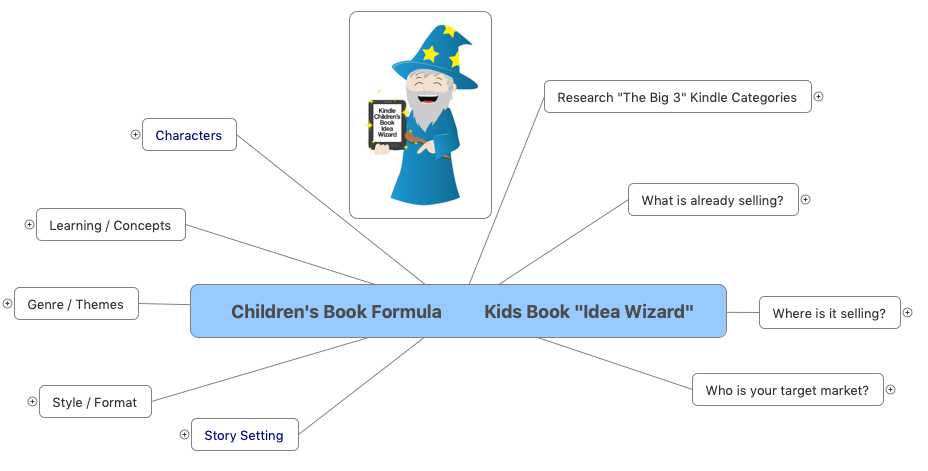
Characters are who your reader will identify with as they read the book. Make your character identifiable, quirky, and just a little older than your age group. While you’re at it, think about what popular characters in your area have in common, and find ways to include those in your character. Remember children’s books are short. You will only have time to develop one mail character, plus an antagonist and maybe 1-2 side characters. That will be plenty to tell an engaging and popular story.
Setting is where the characters engage with your story. Make the setting familiar to your readers, so you don’t have to spend time and words orienting them. School, libraries, home and popular kid’s fiction tropes like spaceships, castles, and mad scientists’ lairs work well here.
Our Children’s Book Formula program includes detailed worksheets to help you with this process, and training videos to help you with the trickiest parts. They ask leading questions that give you extra inspiration, and make this step even simpler.
Story is what happens during the book. I seriously recommend building your main character with a BIG desire, something they want (or want to stop). Your story is the process of your character achieving their desire, and how they overcome all the obstacles in the way of their doing that. Ideally, your character will change in some way as they achieve their desire, and the story ends.
Step Three: Write
This is just one step out of nine, but it is the core of this process. To be a writer, you have to write. To write and publish children’s books on Kindle, you have to write the books. Writing is a process shrouded with mystique, in no small part because of the people who keep wanting to charge hundreds (or thousands) of dollars to tell you how to do it.
But it’s really not that hard. You’ve been doing it since grade school. It’s just a matter of organizing your thoughts and process so writing a book doesn’t take more time and effort than it should. Here’s how the Children’s Book Formula says to do that:
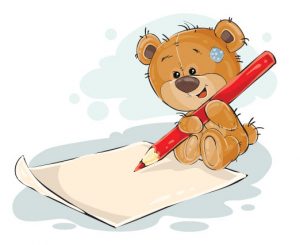
- Start by finding the average length of books for your age group and style, including the typical number of chapters.
- Next, make an outline showing each chapter, with a one-sentence description of what happens in that chapter.
- Continue by adding an illustration idea for each chapter, either a sketch or a sentence, to help you focus on the essence of that chapter’s action.
- Now write the rough draft for each chapter, in order. Do this without going back to change or edit anything, not even a typo. Let your creativity flow.
- Finish by rewriting and editing the complete first draft to make the book as great a book as you can make it.
I strongly recommend setting up your life so you can take a full weekend and write the rough draft in a single sitting. To help make that possible, I provide worksheets and handouts to help you organize and detail your outline so you spend your energy on the story, not the other parts of crafting a book.
Step Four: Illustrate
If you’re great at writing and illustrating, then you’re in real luck for this part. But if you’re not (or you could do both but lack the time), we have a secret ninja success truck you will love. It’s called Fiverr.com, and it works like this.
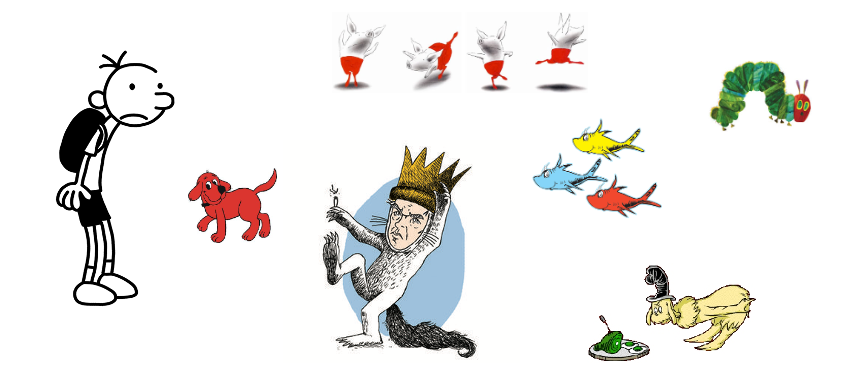
Fiverr.com is a website where artists and other creative professionals sell their work for reasonable prices. As the name suggests, some will draw you something for as little as five dollars. However, quality varies a lot: both quality of work, and quality of professionalism. That’s why I’ve developed a process for making sure you get the best work out of the best people, at the best possible price, using this great platform.
- Start by creating your account at Fiverr.com.
- Next, search for “children’s book illustration” and browse the illustrators, looking at style, quality, price, number of reviews, and quality of reviews.
- Continue by choosing three you like best, and get each to make you a version of the same drawing for your book.
- When you receive your results, choose one illustrator based on the quality of the work and your experience with them as a professional.
- Get moving by making a single custom order for all illustrations in your book, preferably at a discount due to the bulk.
- Set a schedule of turn-ins so you can check the work in real time, and make revision requests and adjustments as they are needed.
- Finish when you receive, approve, and pay for all the work you’ve ordered.
How many illustrations, what size, and how detailed and colorful they are, will vary from book to book. We recommend (again) looking at the best-selling books similar to yours. Imitate the color, size, style, and frequency of their illustrations. What worked for them will work for you.
Step Five: Publish
One of the most frustrating parts of the traditional publishing world is the long wait between finishing your book and seeing it in print. That journey usually requires the following steps after you finish your book:
- Pitching agents until you get one (2-3 years)
- Revising your manuscript for sale to publishers (1 year)
- Your agent pitching publishers until getting a sale (1-2 years)
- Revising your manuscript under publisher instruction (1 year)
- Prepublication period (6 months)
- Printing and distribution (6 months)
Yes, you did that math right. Assuming your book is accepted by an agent and a publisher at all (which is incredibly rare), you would still wait 6-8 years before a single copy sold. Even worse, most publishers limit their authors to just one or two books a year. It’s very hard to make real money, and become independent, with a cycle at that rate of speed.
Fortunately, self-publishing children’s books with Kindle has a much faster time frame. Once you get your illustrations and text all sorted out, you can be selling within 48 hours. And you can be working on your next book right away, so you can scale up your catalog and capitalize on your success. The process is just three simple steps.
Step One: Edit and lay out your book so it looks sharp, professional, and readable.
Step Two: Format your book for Kindle. There are lots of tools you can buy for that, but our Children’s Book Formula members get our specialized formatting tool for free.
Step Three: list your book on Kindle to start selling right away.
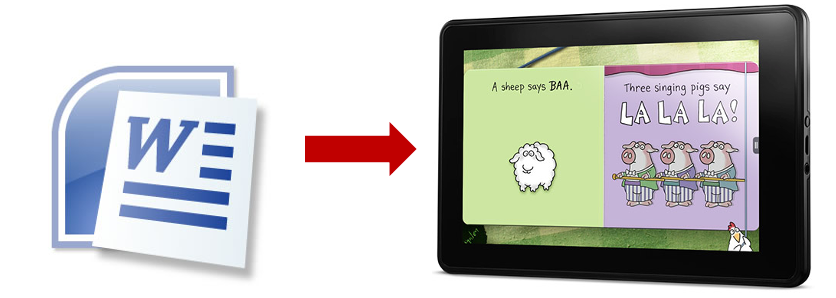
Like I said, the process can take less than 48 hours. That means you can get started on your next book less than a week after you finish the first one, even with taking a couple of days to relax and celebrate having put out your first book.
Step Six: Launch
Setting up your book’s launch can help you get some initial sales that will trigger to Amazon that your book is ready for promoting.
You will ideally have your book make sales to the right people, so that when you really start to promote your book you’ll already have the correct “also boughts” listed on your book and consequently will have your book listed on the right books that are getting put in front of your ideal audience.
When you see the right also-boughts listed, then that means that Amazon will know what type of people to email about your book to try and promote it, and who they should boost your search listings for, so that the book will ideally sell more.
Step Seven: Promote
The only difference between a writer and a professional writer is how many books they sell. It’s one of the most unfair parts of the writing business that the skills to write a good book are different from the skills to put that book successfully out in the world.
Luckily, they aren’t hard skills to learn. Also luckily, I spent a lot of time learning them so you don’t have to. I give most of the details in my course (it’s the most complex part of this whole process, and really needs its own video series to explain), but for now here are my top ten techniques to try on your own.

- Research keywords used by successful books and include them in your book title, subtitle, and description
- Identify the Amazon categories where your book is most likely to succeed
- Take advantage of Kindle Direct Publishing Select to maximize your publicity
- Insert a free offer between your table of contents and first chapter, to populate a mailing list
- Create a killer author page on Amazon
- Get a lot of reviews by asking friends, trading with other authors, and contacting reviewers interested in your category
- Have an eye-catching, beautiful cover
- Run promotions every month to keep people in the know about your books
- Leverage social media in every way possible
- Write lots of books (more on that in a moment)
Step Eight: Scale
One best-selling children’s book on Kindle can make you some money. It can even make you a surprising amount of money…but it won’t let you quit your day job. To do that, you must sell multiple children’s books, each of which will provide you with a stream of (mostly) passive income for years.
The great news here is that children’s books are easy to scale. Like I said earlier, they’re formulaic and have lower word counts. Where an adult book is 60,000 to 100,000 words long, a children’s book is less than 8,000. You can write 6-12 of them in the time it would take you to write one book for adults. Further, adults want to read books with lots of variation from volume to volume. Children are attracted to and comforted by formula: those words will come faster than writing them for grown-ups.
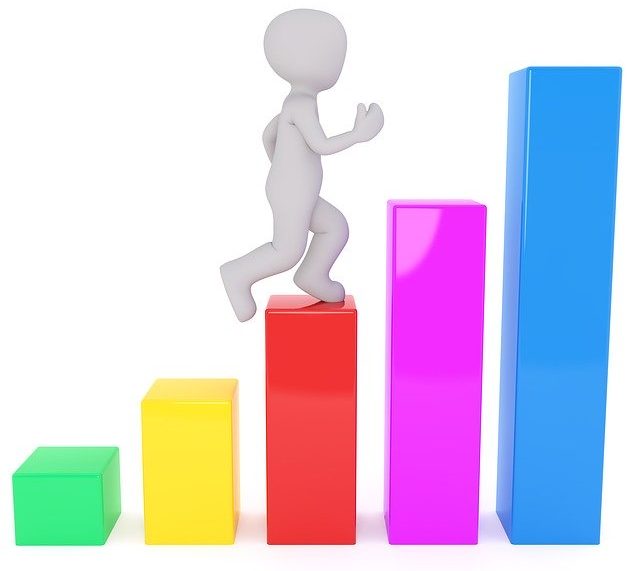
All this adds up to more books, which is how you scale up your children’s publishing project into the kind of money you need to make a living, and live a life, from.
In the Children’s Book Formula method, we teach three different methods for scaling up:
Method One: Write a Series. This is exactly what it sounds like. Having established a successful character and setting, you give them a new challenge and new story. This can become super-easy, as you already know the people and voice and details of your series. You’re just coming up with variations.
Method Two: Produce Ancillary Works. You can do this in two ways. One is to simply produce the same book in new formats such as audiobooks, large print editions, print editions, special editions with bonus art or similar features, and even foreign language translations. The other is to make supporting works, like workbooks, journals, atlases, and other titles that let your fans engage more deeply with your stories and its characters. Both can create substantial secondary income from a single idea.
Method Three: Write a New Series. Again, it’s exactly what it sounds like. You’ve got one series selling well? Build another series with new characters and settings for your fans to explore and enjoy. It requires a little extra work up-front, but on the other hand many writers find this more exciting than putting out yet another book in a series they’ve been doing for a while.
Which of these methods is the best? All of them! And I don’t mean they’re equally good for every writer. I mean, doing all three over the course of your children’s book writing and publishing career is the best way to scale up your writing into the kind of money and life you deserve.
Step Nine: Rinse & Repeat
 The last step is to go right ahead and start at the beginning, except now you will have an easier time because you’ll be able to push through each step in record time as you will already have experience and you will have that back catalog that you can lean on.
The last step is to go right ahead and start at the beginning, except now you will have an easier time because you’ll be able to push through each step in record time as you will already have experience and you will have that back catalog that you can lean on.
By creating your back catalog, you’ll also have an opportunity to promote all of your books each time you add a new one to your catalog, and your new fans will have additional books that they can purchase as soon as they’ve finished ripping through their first one that they purchased for their kids a few dozen times.
It all starts with a decision…
That’s the decision to take more control over your life and time, and become a successful children’s book author. You’ll research the market you want to enter, to find out what kinds of books, topics, characters, and stories have the best chance for success, and then move on to step two.
The information I’ve shared in this article today should be enough for a truly motivated self-starter to succeed on their own. If that’s you, congratulations! Please drop me a line some time to let me know how it’s going.
But if after reading this, you think you’d like some help, that’s why the Children’s Book Formula program exists. Click here to find out more, and we’ll begin a conversation that could change your life.
